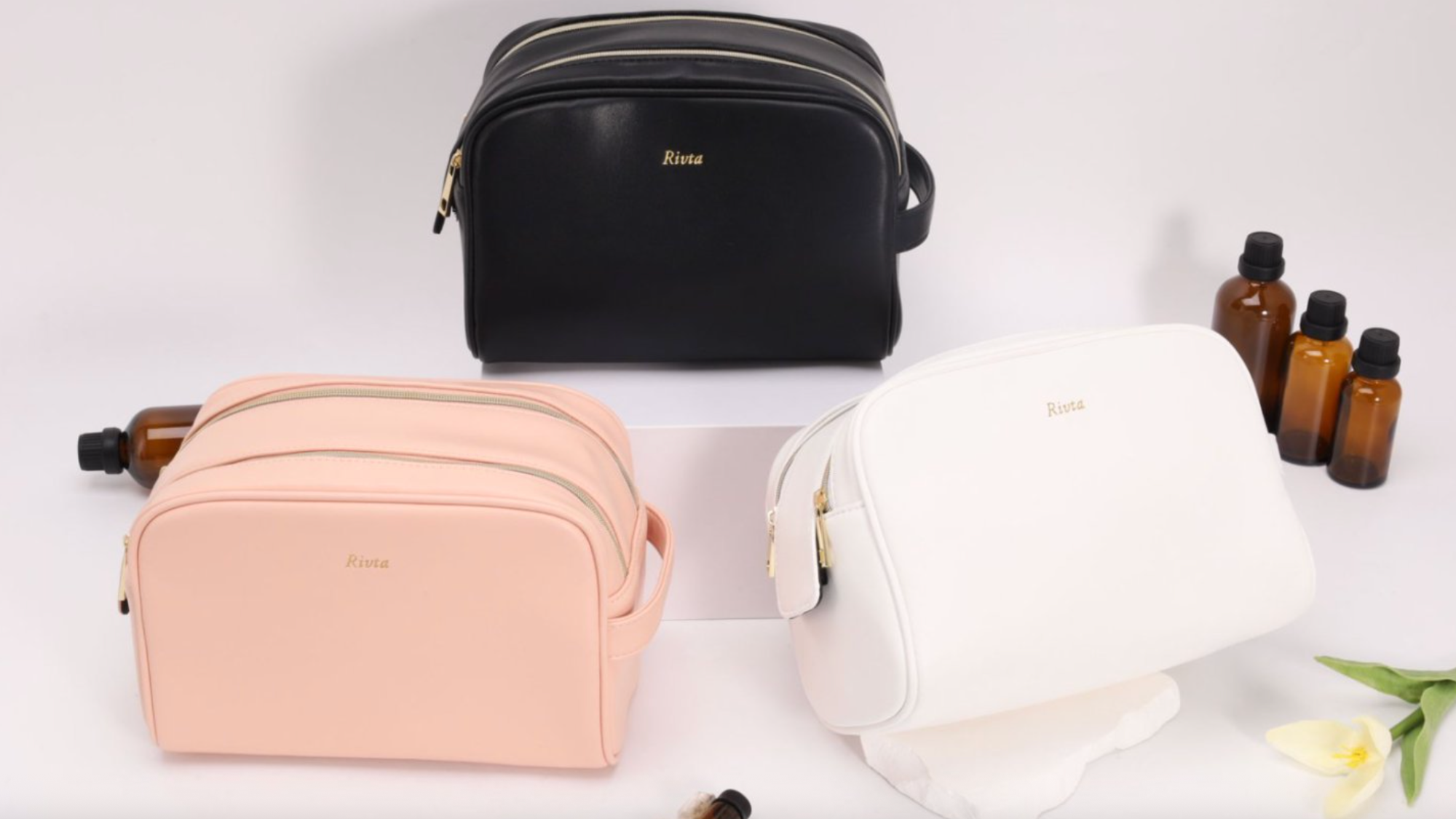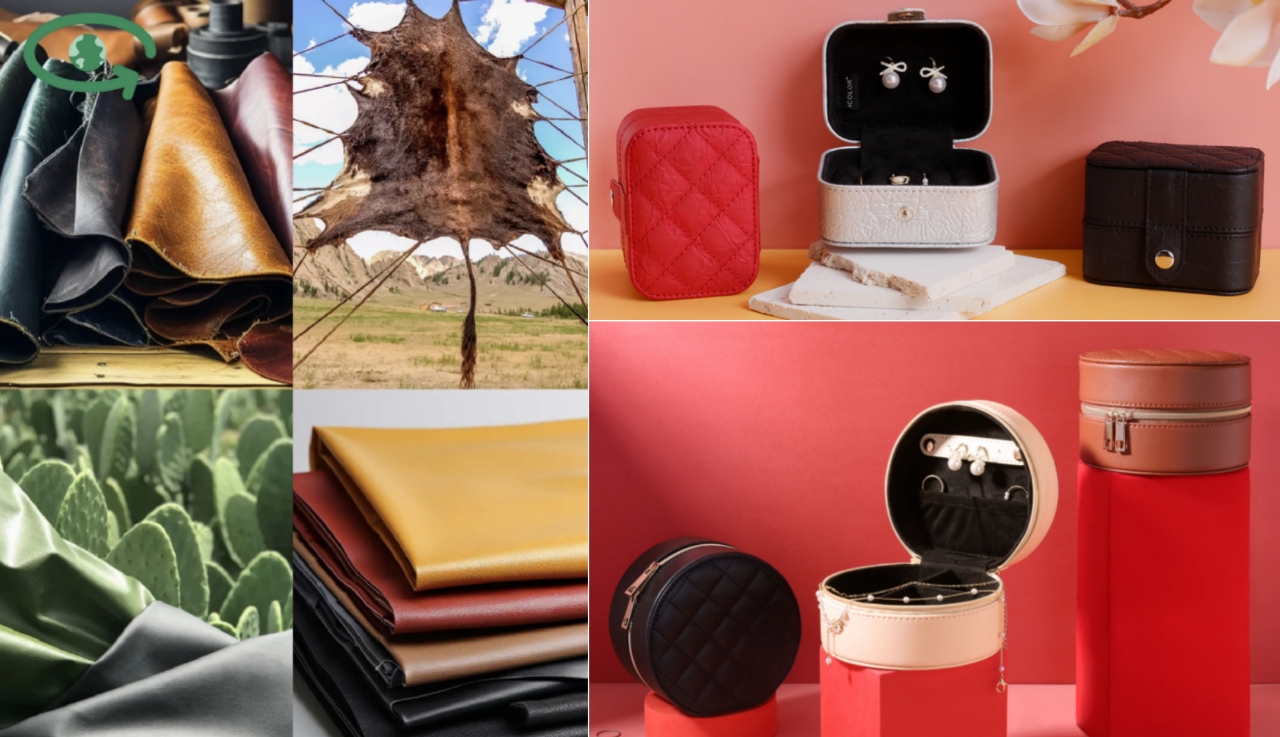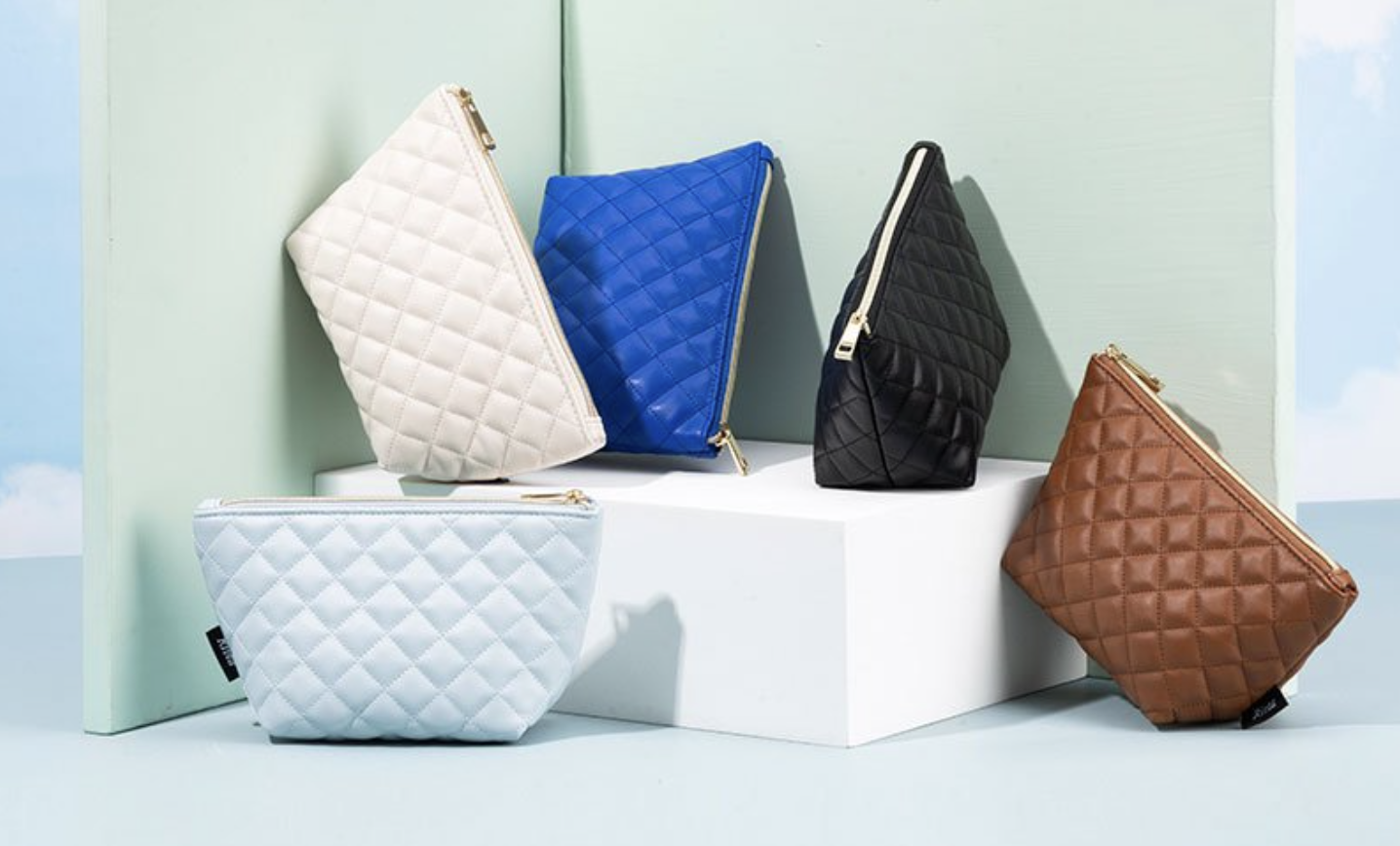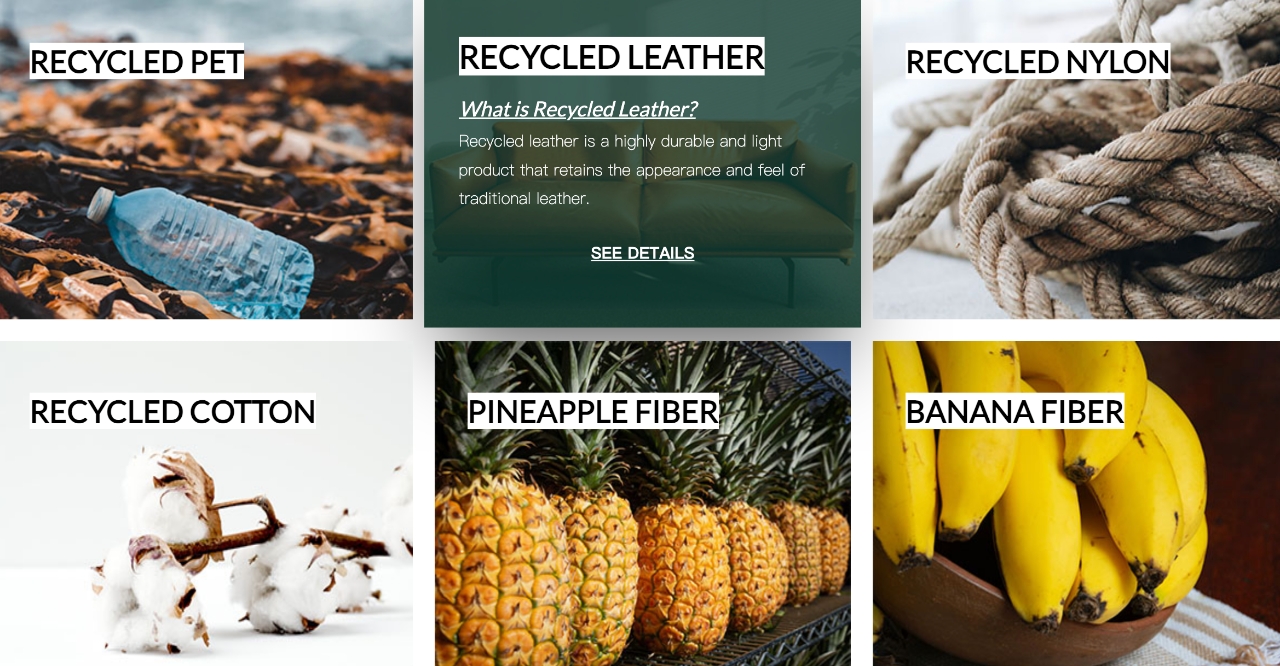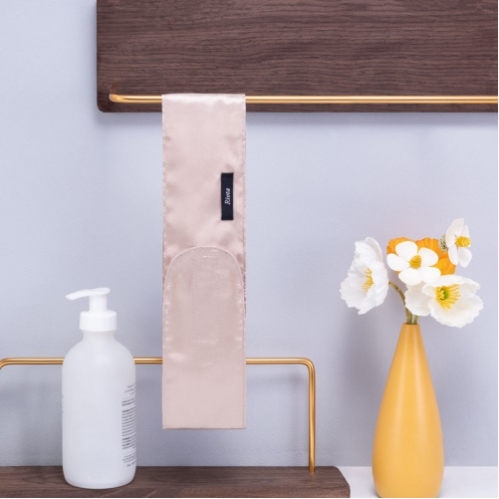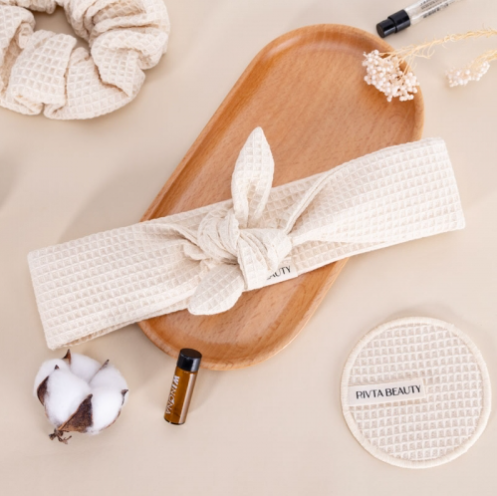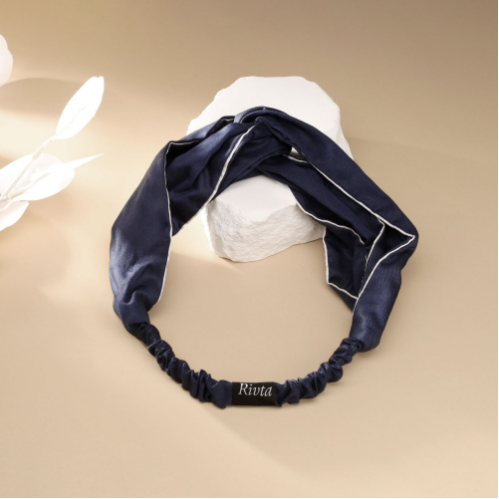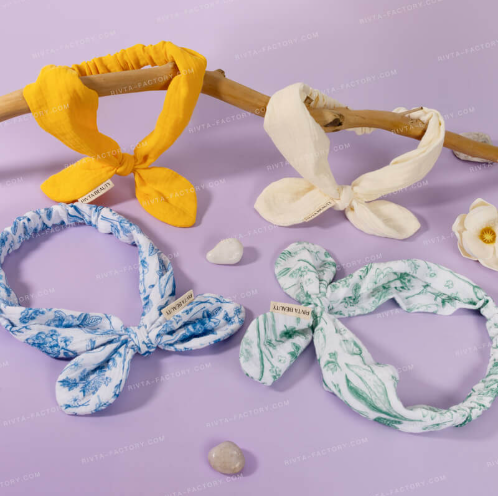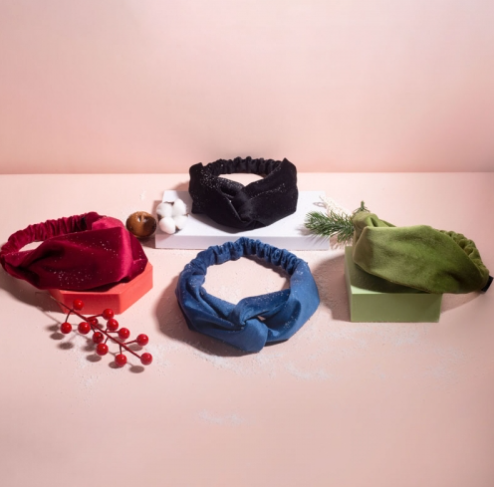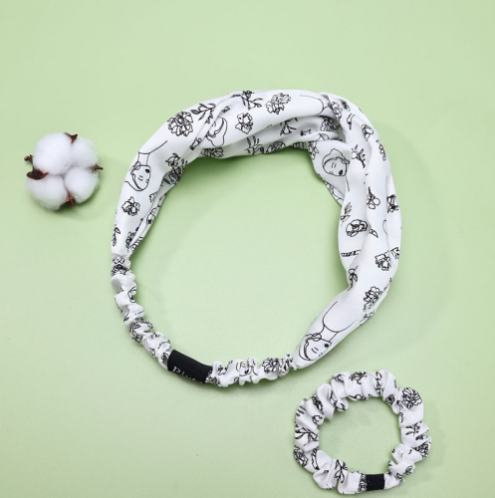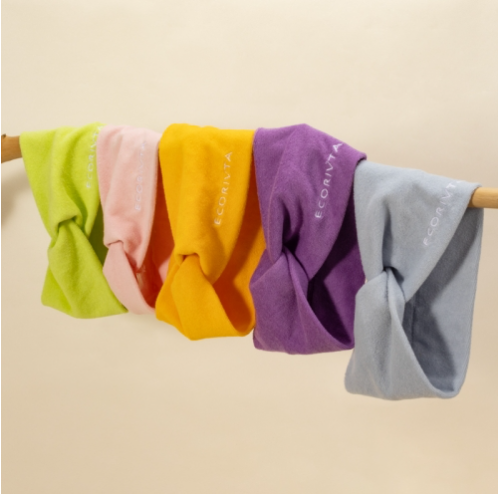Top 12 Eco-Friendly Materials for Custom Headbands
In an era where sustainability is reshaping industries, the demand for eco-friendly accessories is on the rise. For brands in skincare, beauty, essential oils, hair care, outdoor, and maternal and infant products, headbands represent a versatile opportunity to blend style, functionality, and environmental responsibility. At Rivta, we understand that brands are seeking innovative ways to align their offerings with consumer values—values that increasingly prioritize sustainability. This blog post explores the top 12 eco-friendly materials for custom headbands, offering detailed perspectives, practical applications, and data-driven comparisons to help your brand make informed, impactful decisions.
Sustainability isn’t just a buzzword; it’s a competitive edge. By integrating these materials into your product lines, you can reduce environmental impact, meet regulatory demands, and appeal to a growing market of eco-conscious consumers. Let’s dive into how these materials can elevate your brand while supporting a greener future.
Why Eco-Friendly Headbands Matter to Your Brand
Headbands are more than a fashion statement—they’re functional essentials in daily routines, from spa treatments to outdoor adventures. However, traditional production methods often rely on resource-intensive materials like virgin plastics and chemically treated fabrics, contributing to pollution and waste. Switching to eco-friendly materials offers tangible benefits:
- Environmental Impact: Sustainable materials reduce landfill waste and carbon emissions. For instance, recycled polyester can cut CO2 emissions by up to 75% compared to virgin polyester (Textile Exchange, 2022).
- Consumer Appeal: A 2023 McKinsey report found that 67% of consumers prioritize sustainability in purchasing decisions, with this figure rising among Gen Z and Millennials.
- Brand Differentiation: Eco-friendly products position your company as a leader in responsible innovation, appealing to trade partners and end-users alike.
At Rivta, we’ve seen firsthand how sustainable headbands can transform a brand’s identity, offering both aesthetic appeal and a compelling story of purpose.
The Top 12 Eco-Friendly Materials for Custom Headbands
Below, we present a curated list of the top 12 eco-friendly materials for headbands. Each entry includes its sustainability credentials, practical uses, and real-world examples to inspire your next product line.
1. Recycled Polyester
- What It Is: Derived from post-consumer plastic bottles (e.g., Repreve® RPET), this material repurposes waste into durable fabric.
- Sustainability Perks: Diverts plastic from landfills, reduces petroleum use, and lowers energy consumption.
- Best For: Moisture-wicking headbands for outdoor and hair care brands. Example: Waterlust uses recycled polyester for its sporty designs.
- Why Choose It: Perfect for activewear lines targeting eco-aware fitness enthusiasts.
2. Organic Cotton
- What It Is: Cotton grown without synthetic pesticides, certified by GOTS standards.
- Sustainability Perks: Biodegradable, reduces water pollution, and supports soil health.
- Best For: Soft, skin-friendly headbands for skincare and maternal brands. The Good Boutique showcases organic cotton designs.
- Why Choose It: Hypoallergenic and ideal for sensitive skin, enhancing customer comfort.
3. Bamboo
- What It Is: A fast-growing plant turned into soft, breathable fiber with minimal water or pesticides.
- Sustainability Perks: Naturally antimicrobial, biodegradable, and resource-efficient.
- Best For: Yoga and casual headbands for wellness brands. Etsy sellers often feature bamboo options.
- Why Choose It: Combines sustainability with a luxurious feel, perfect for spa-inspired products.
4. Cotton Gauze
- What It Is: A lightweight, porous fabric made from cotton fibers, characterized by its open weave structure.
- Sustainability Perks: As a natural fiber product, cotton gauze is biodegradable. When sourced from organic cotton, it reduces exposure to harmful pesticides and chemicals.
- Best For: Medical applications such as wound dressings and bandages due to its absorbency and breathability; baby products like swaddles, bibs, and clothing because of its softness on delicate skin; also suitable for summer clothing, kitchen towels, and decorative fabrics.
- Why Choose It: Ideal for those seeking natural, breathable materials. Its soft texture makes it perfect for sensitive skin, and its versatility suits a wide range of practical and aesthetic needs.
5. Velvet
- What It Is: A soft, plush fabric with a dense pile, made from natural (cotton, silk) or synthetic (polyester) fibers, known for its luxurious feel and rich texture.
- Sustainability Perks: Recycled polyester versions reduce waste; natural fibers are biodegradable. Eco-friendly dyes and durable construction enhance sustainability.
- Best For: Elegant clothing (dresses, blazers), upscale home decor (sofas, cushions), and vintage/ theatrical designs.
- Why Choose It: Combines opulence with comfort, appealing to those seeking luxury. Sustainable options suit eco-conscious buyers without sacrificing style.
6. Organic Linen
- What It Is: Derived from flax, this breathable fabric is often stonewashed for softness.
- Sustainability Perks: Low-impact cultivation, biodegradable, and ethically sourced options.
- Best For: Elegant, adjustable headbands for luxury skincare lines. So-Linen offers zero-waste linen designs.
- Why Choose It: Adds a touch of sophistication with eco-credentials.
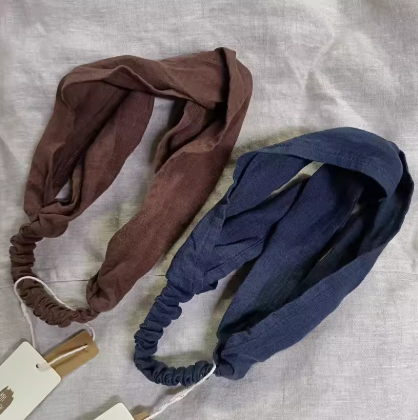
7. Modal
- What It Is: A semi-synthetic fiber from beech wood pulp, prized for its softness.
- Sustainability Perks: Uses less water than cotton, biodegradable, and sustainably processed.
- Best For: Comfort-driven headbands for beauty brands. Organically Becca highlights modal’s appeal.
- Why Choose It: Balances eco-friendliness with a premium feel.
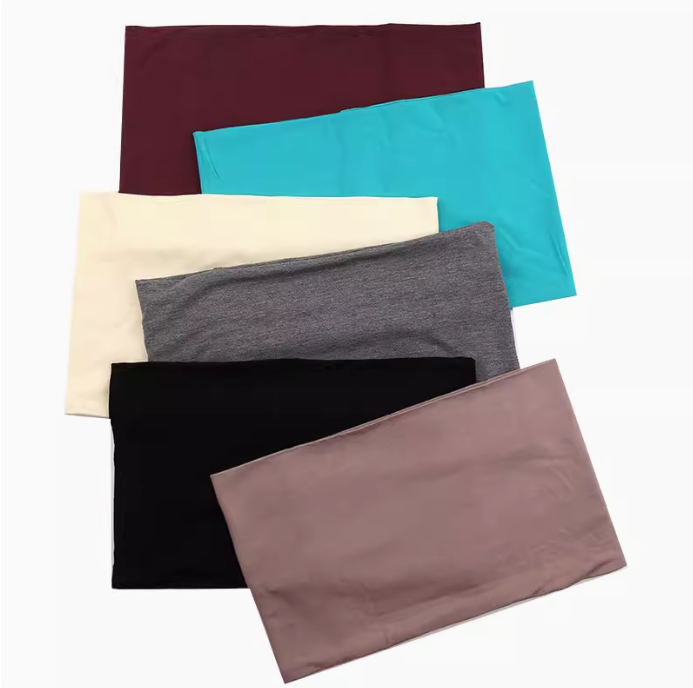
8. Lyocell
- What It Is: A wood pulp fiber produced in a closed-loop system that minimizes waste.
- Sustainability Perks: Low environmental footprint, biodegradable, and hypoallergenic.
- Best For: Versatile headbands for essential oil and wellness brands. Organically Becca also praises lyocell.
- Why Choose It: Cutting-edge sustainability for innovative product lines.
9. Wool
- What It Is: A natural fiber yarn spun from wool (typically sheep’s wool), valued for its warmth, elasticity, and moisture-wicking properties.
- Sustainability Perks: Renewable (sheep regrow wool annually), biodegradable, and naturally flame-resistant. Low-impact processing (organic or ethically sourced wool) reduces environmental harm.
- Best For: Knitwear (sweaters, scarves, hats) for cold weather; handcraft projects (crochet, weaving); durable textiles like blankets and rugs.
- Why Choose It: Ideal for warmth, comfort, and natural insulation. Appeals to eco-conscious makers and wearers—biodegradable and renewable, with timeless texture and performance.
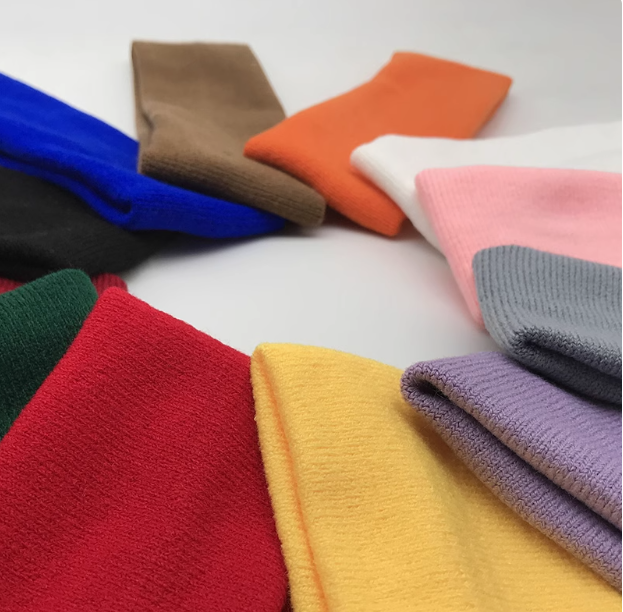
10. Natural Rubber
- What It Is: Biodegradable elastic from rubber trees, often used for stretch.
- Sustainability Perks: Renewable and ethically sourced when certified.
- Best For: Stretchy, functional headbands for active brands. Sustainable Travel & Living uses it well.
- Why Choose It: Enhances practicality while staying green.
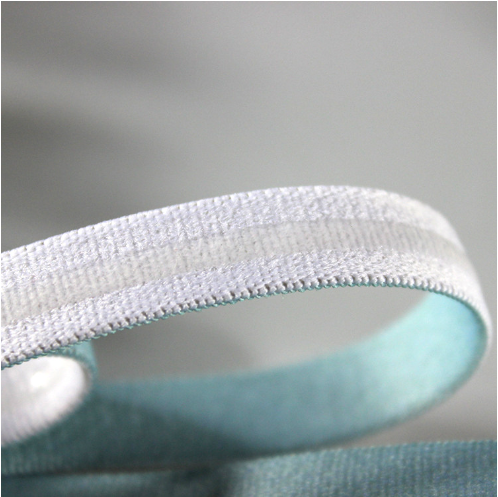
11. Stretch Fabric
- What It Is: Fabric blended with elastic fibers (e.g., spandex) for stretch-and-recovery, enabling flexible, form-fitting wear.
- Sustainability Perks: Recycled/sustainable materials (recycled polyester, organic cotton) reduce waste; durability cuts replacement needs.
- Best For: Activewear, swimwear, form-fitting clothes, and maternity wear—prioritizes movement and comfort.
- Why Choose It: Combines comfort, flexibility, and performance. Sustainable versions appeal to eco-conscious buyers without compromising stretch.
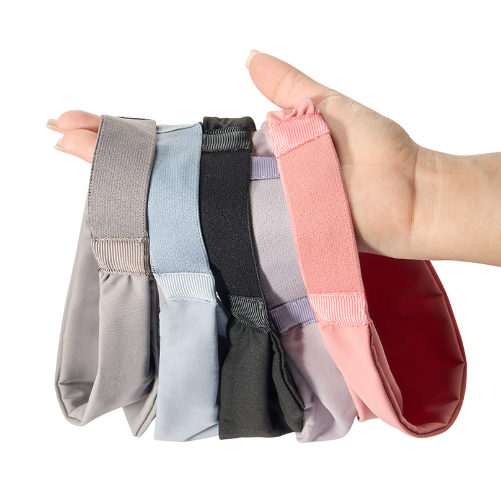
12. CVC Towel
- What It Is: Cotton-polyester blend (CVC) towel, typically 60% cotton for softness/absorbency + 40% polyester for durability.
- Sustainability Perks: Recycled polyester versions reduce waste; longer lifespan from durability cuts replacements.
- Best For: Everyday use (bath/hand towels), hotels, gyms—practical, absorbent, and easy-care.
- Why Choose It: Balances cotton’s comfort with polyester’s resilience, affordable and functional. Eco-friendly options suit sustainability goals.
Comparing the Options: A Handy Table
To streamline your decision-making, here’s a comparative table of these materials based on key sustainability and application factors:
| Material | Biodegradable | Low Water Use | Ethical Sourcing | Common Use |
|---|---|---|---|---|
| Recycled Polyester | No | Yes | Varies | Sporty, activewear |
| Organic Cotton | Yes | No | Often | Everyday, gentle |
| Bamboo | Yes | Often | Often | Yoga, spa |
| Cotton Gauze | Yes | Often | Often | Workout, rugged |
| Velvet | Yes | No | Often | Artisanal, unique |
| Organic Linen | Yes | Often | Often | Luxury, adjustable |
| Modal | Yes | Often | Often | Soft, premium |
| Lyocell | Yes | Often | Often | Versatile, innovative |
| Wool | Varies | Yes | Varies | Waste-reducing |
| Natural Rubber | Yes | Often | Varies | Elastic, functional |
| Stretch Fabric | Varies | Yes | Varies | Colorful, stylish |
| CVC Towel | Yes | Yes | Varies | Warm, durable |
This table helps you weigh factors like biodegradability against practical needs, ensuring alignment with your brand’s goals.
Implementation Considerations
While these materials are eco-friendly, a few considerations can guide your choice:
- Cost vs. Benefit: Organic cotton and merino wool command premium prices but deliver durability and brand prestige.
- Supply & Scalability: Niche fibers like banana may need specialized sourcing—plan accordingly.
- Certifications Matter: Look for GOTS, Fair Trade, Oeko-Tex, and Forest Stewardship Council (FSC) labels to verify integrity.
Rivta’s transparent supply chain and expertise help you navigate these factors, delivering tailored solutions that balance sustainability and profitability.
The Business Case: Sustainability Meets Market Trends
- Market Growth: Global headband sales are set to climb by 8% annually through 2027.
- Consumer Demand: 73% of CEOs rank sustainability as crucial to long-term profitability.
- Proven Results: Brands like Patagonia report up to 20% higher retention among eco-focused customers when using recycled materials.
Partnering with Rivta for Sustainable Success
We specialize in crafting sustainable accessories—from bamboo yoga bands to organic-cotton spa sets—with:
- Custom Design: From bamboo yoga headbands to organic cotton spa sets, we craft products to your specs.
- Certified Materials: Backed by Fair Trade, Organic, and Oeko-Tex standards.
- End-to-End Support: From material selection to carbon-neutral shipping, we’re with you every step.
Our partnerships with global eco-initiatives and proven track record—think awards and satisfied clients—make us the go-to supplier for brands ready to lead in sustainability.
read more: 6 Steps to customizing your branded headband
Lead with Purpose
Eco-friendly headbands are more than an accessory—they’re a statement of intent. By choosing materials like recycled polyester, organic cotton, or bamboo, your brand can reduce its environmental footprint while captivating customers. Whether you’re a CEO envisioning a greener future, a buyer seeking innovative suppliers, or a product director refining your line, Rivta is here to turn your vision into reality.
Ready to make sustainability your brand’s signature? Visitusat Rivta or reach out to explore custom headband solutions that blend style, function, and eco-values.
